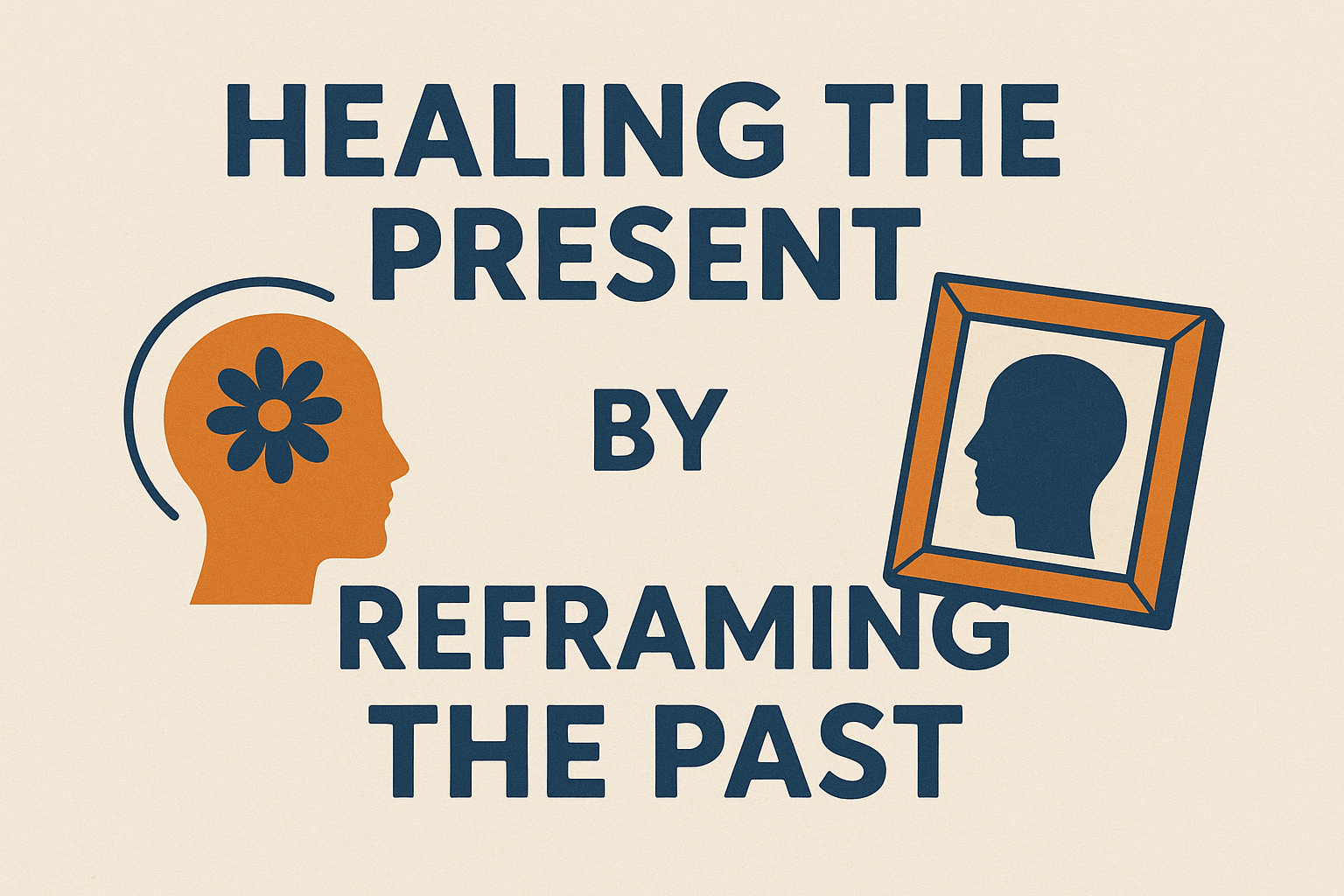Ms. S, a 35-year-old independent and dynamic woman, sat across from me, reflecting on her coping strategies. She said “You know, coloring feels like therapy to me. It really helps!” she said. Then
she paused, smiled, and corrected herself: “Wait, let me rephrase—it’s therapeutic.” We both smiled, acknowledging that subtle yet important distinction.
Mr. J, 29, shared a very different struggle. “Talking makes me feel drained,” he said, visibly tired. “I can’t even explain what I’m feeling these days. I just scroll through Instagram. I do… nothing. Maybe I’d rather just stay quiet. You try to understand me. Guess it.”
His voice cracked, and his eyes welled with tears.
To an outsider, it might seem like therapy was working in one case and not in the other. But what if I told you that both sessions were equally productive?
Therapy looks different for everyone, and that’s exactly what makes it powerful. In this article, we’ll be debunking some common myths about therapy—and shedding light on the facts that truly matter.
Ms. S’s journey shows her learning that while some activities can feel healing, actual therapy involves more intentional, structured engagement. Her realization reflects the common confusion between therapeutic activities and professional therapy—a key nuance of this myth. She was often told, “Oh come on, every therapist is going to JUST TALK! Better you go for a great vacation!”
Then we see Mr. J, who finds talking draining and prefers silence or non-verbal expression. His session was still productive, even though it wasn’t centered around verbal expression.
This too busts the assumption that therapy must always involve talking—sometimes just being present, observed, or gently engaged is enough.
The key difference wasn’t the client—it was the approach. Each individual has a unique
experience, and therapy isn’t just talking at all! Sometimes, what we believe about therapy keeps us from experiencing what it truly offers.
Because behind every assumption lies a deeper truth—one that can lead to healing, clarity, and real change.
Myth 1: “Therapy is just talking.”
Fact: Therapy is not just about talking—it’s about healing.
Yes, conversations happen in therapy, but they are not casual chats. Therapy is a structured, evidence-based process led by trained professionals. A therapist doesn’t just listen—they help you explore your emotions, challenge unhelpful thought patterns, manage stress, and build coping strategies tailored to your needs.
Depending on the client, a therapist may use tools from Cognitive Behavioral Therapy (CBT), mindfulness, trauma-informed care, or other approaches. Sometimes, therapy looks like deep dialogue. Other times, it’s quiet reflection, art, breathing exercises, or even structured silence.
So, while friends and family can offer love and empathy, therapy provides non-judgmental, professional, and goal-oriented support that’s often essential for deep healing.
Let me share one of my favorite short stories:
Viktor Frankl, the renowned psychiatrist and Holocaust survivor, once received a call in the middle of the night from a woman threatening suicide. Frankl stayed on the line, gently listening to her pain. Later, she told him that what changed her mind wasn’t advice or solutions—but the simple act of being heard. The fact that someone cared enough to listen made her believe that life was still worth living.
This moment reminds us: therapy isn’t always about fixing. Sometimes, it’s about holding space— compassionate, present, nonjudgmental space—for someone in pain. At its core, therapy is about being seen, heard, and understood. That kind of presence can be life-changing.
Myth 2: “Therapy is only for the rich.”
Fact: Therapy is for anyone who wants to grow, heal, or understand themselves better.
When we talk about therapy, one of the most common reactions I hear is, “Isn’t that just for the rich?”
But can we pause and reflect—what do we really mean by that? Are we saying that those who
aren’t financially privileged should simply ignore their emotional struggles? That survival alone is equivalent to truly living?
We often spend money without hesitation on shopping, dining out, or even alcohol—things that offer a quick dopamine boost but no lasting solution.
Yet, when it comes to investing in our mental well-being, we hesitate.
Isn’t it time we start seeing therapy not as a luxury, but as a meaningful and valuable investment in ourselves?
Myth 3: “You only need therapy if something is really wrong.”
Fact: Therapy is not only for crises—it’s for clarity, prevention, and personal growth.
Many believe that unless they’re facing a breakdown or a major life crisis, they don’t “qualify” for therapy. That’s simply untrue. Therapy is a space to unpack everyday stress, improve relationships, understand yourself better, build healthier habits, and grow emotionally.
Just like we see a doctor for routine check-ups—not just emergencies—therapy can be preventive, not just reactive.
Myth 4: “Therapists just give advice.”
Fact: Therapists help you find your own answers—not give you ready-made ones.
People often assume that a therapist is like a life coach or advisor. But therapists don’t tell you what to do—they walk with you to explore your thoughts, feelings, patterns, and behaviors. They help you become your own compass.
We generate your insights toward your concerns and truly believe that you are capable of resolving all kinds of challenges.
At Drishti, we don’t give you pre-packaged answers—we help you discover the ones that fit your
life. We don’t just believe therapy works—we make it work.
Because healing isn’t one-size-fits-all. It’s personal. It’s layered. And it deserves care that’s just as thoughtful.
That’s why we offer therapy that’s not just professional, but deeply human. Whether you’re overwhelmed, disconnected, anxious, or simply seeking clarity—we’re here to walk beside you. At Drishti, you are never just a case file—you are a story we honor.
We work with children, teens, adults, and families—because mental health matters at every stage of life. Our therapists are trained, trauma-informed, and most importantly—compassion-driven.
Whether your healing comes through conversation, creativity, silence, or rebuilding trust—we make space for your way. Because therapy isn’t a luxury. It’s a lifeline.
You don’t need to hit rock bottom to ask for help.
You don’t have to justify your pain to deserve support. You are allowed to heal.
You are allowed to grow.
You are allowed to feel better.
So let this be your reminder:
You are not too broken. It is not too late. And you don’t have to do it alone.
At Drishti, we see you, we support you, and we’re ready when you are.
“What mental health needs is more sunlight, more candor, and more unashamed conversation.” – Glenn Close
Let’s bring that light in—together.
Namrata Chandwadkar
Counseling Psychologist
Program Director – Psychology
Drishti







